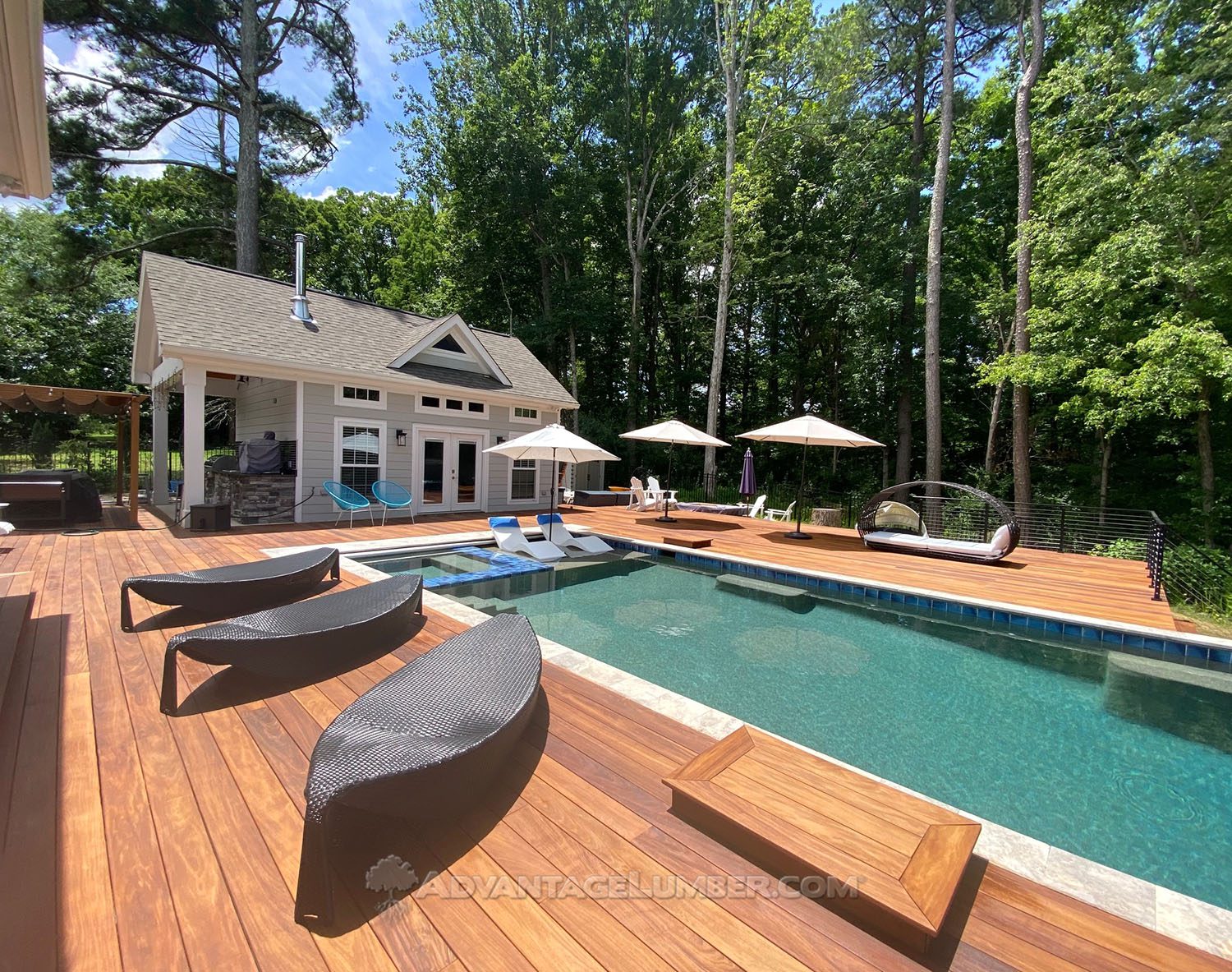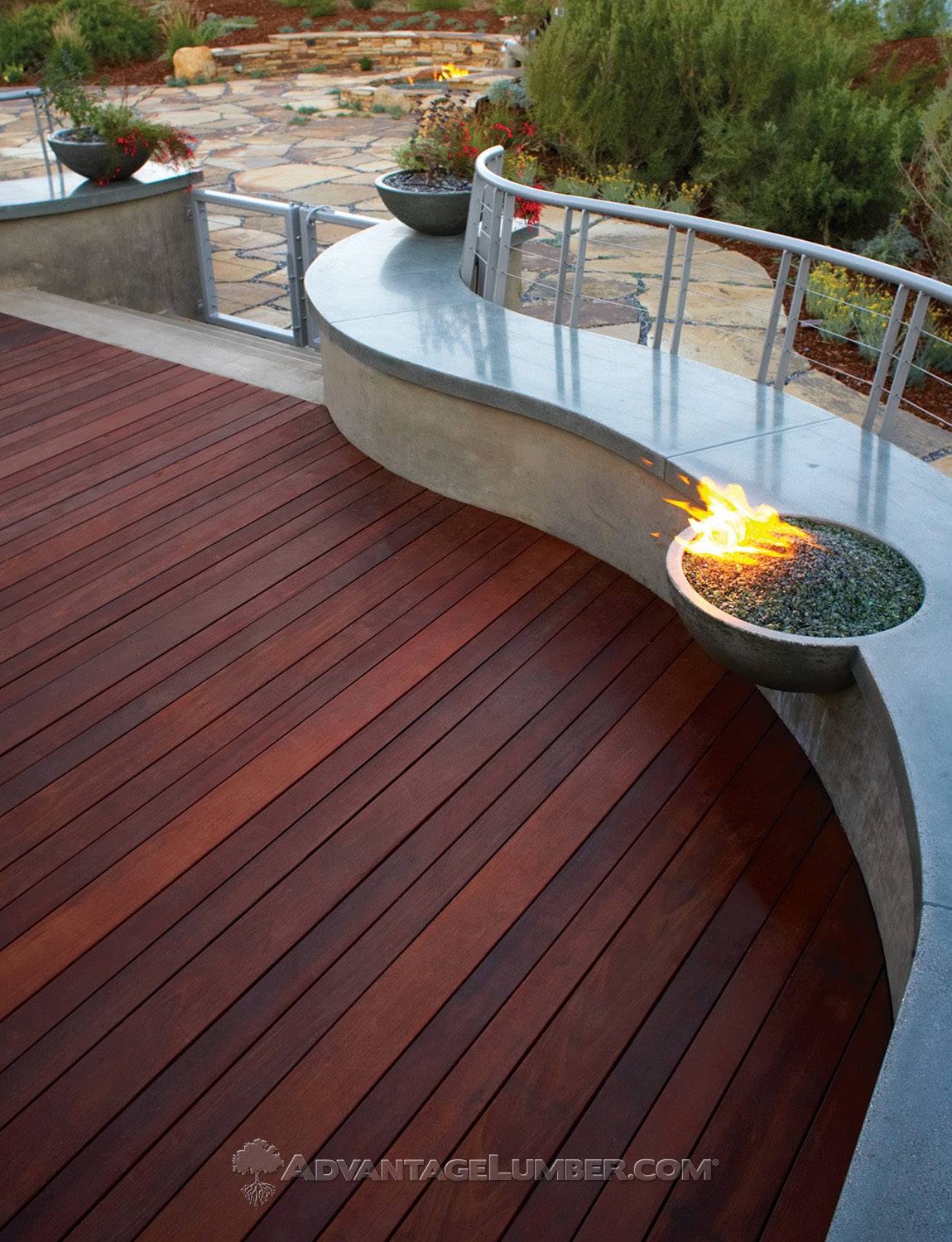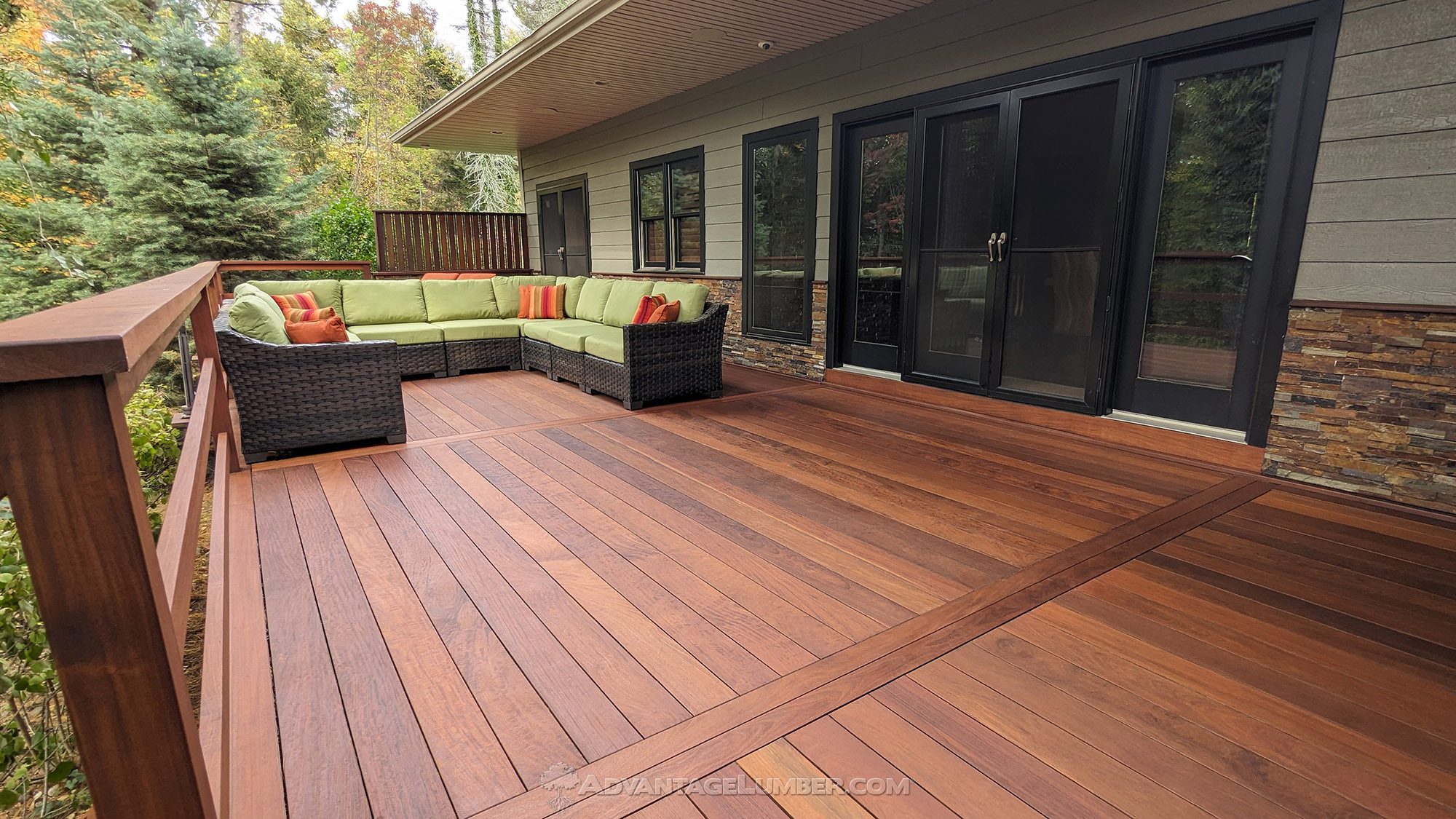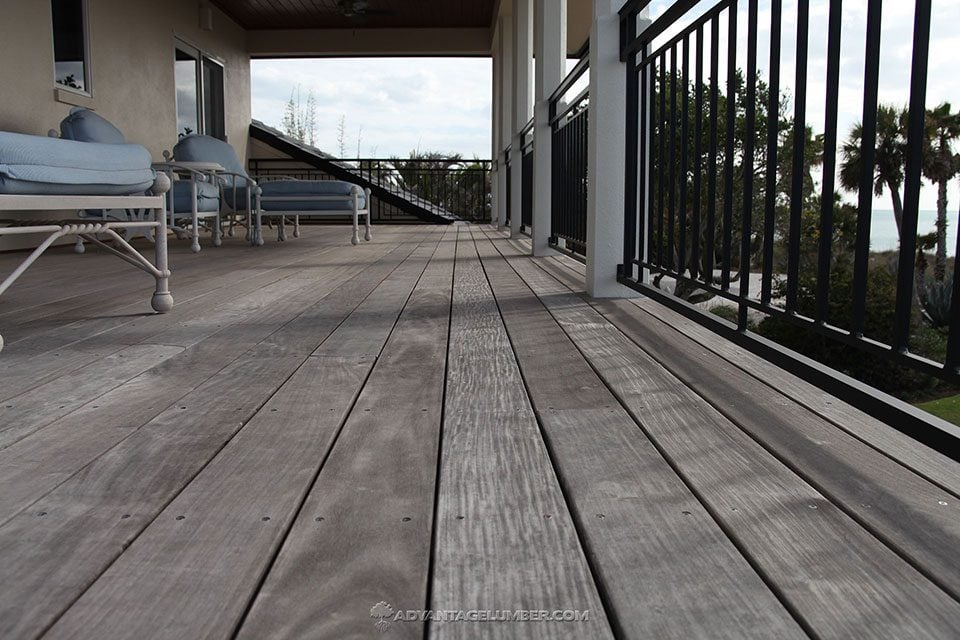4 Affordable Alternatives Wood Species to Ipe Wood
When it comes to building decks, furniture, or outdoor structures, Ipe wood often stands out as a top choice. Known for its exceptional durability, rich dark tones, and resistance to weather and insects, Ipe is a premium hardwood that checks all the boxes. However, its premium qualities come with a premium price tag, making it …




